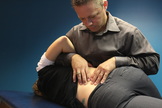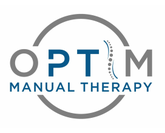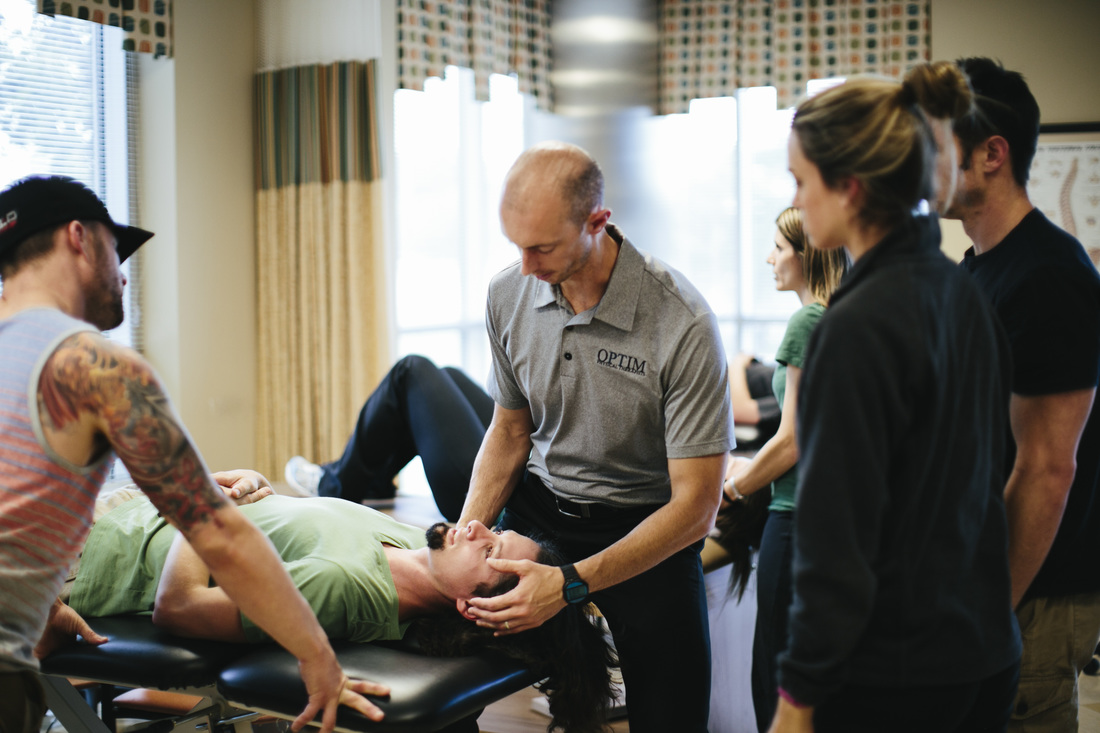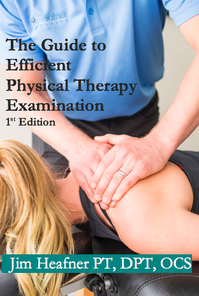|
People often ask me, "what are the best reasons to pursue a residency program versus start practicing immediately out of PT school?" While my answer often includes better manual therapy treatments, improved clinical reasoning and differential diagnosis, and improved patient education/ communication, the top answer I give all students is clinical efficiency. Clinical Efficiency: Arriving at the correct physical therapy diagnosis and determining the appropriate plan of care without performing unnecessary tests and measuresIn physical therapy school, therapists are taught a broad spectrum of knowledge. Orthopedic examination, treatment, and prognosis is covered in-depth. For example, we learn more than 50 special tests to diagnose various shoulder pathologies. Unfortunately, the majority of these special tests lack diagnostic reliability and rarely change our plan of care. Using the example above, if a 35-year old patient presents with left shoulder pain following a work injury, the clinician should be suspecting shoulder impingement, labral tear, rotator cuff pathology, AC dysfunction, among other diagnosis'. Assuming that the patient has negative rotator cuff tests and no gross loss of stability or strength, what is the benefit of performing additional tests for the labrum? One could potentially argue the need to further assess tissue irritability. Otherwise, the majority of these tests are fruitless.  Personally, this was a hard habit to break. I had learned all the special tests in school, and I was determined to practice them (I even recorded over 100 of them on TSPT website...) Upon finishing my clinical examination, I was drowning in information that only minimally changed my patient’s prognosis or intervention selection. With great mentorship at the Harris Health System, I quickly stopped this practice pattern and learned a much more efficient examination system. The new system shifted my thinking from a pathoanatomical approach (injured anatomy) to a movement dysfunction approach (poor movement).
Special tests are not bad as long as the individual performing them understands 'why' they are performing the test and 'what' implications the test has on other local structures. Ultimately, one should strive for an efficient movement based examination. -Jim Heafner PT, DPT, OCS OPTIM COMT Instructor  Interested in learning from OPTIM Manual Therapy? Now enrolling for our Dallas 2017 cohort. Please check out the OPTIM website if you are interested!
0 Comments
Leave a Reply. |
Details
ContactEmail Good readsCategories |


 RSS Feed
RSS Feed